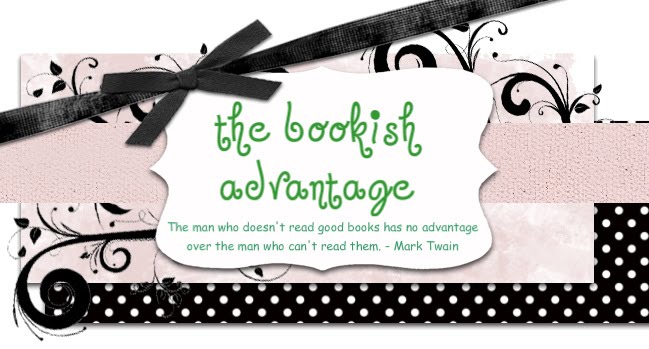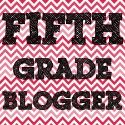A reflection of Chapter 7: “Reading and Inquiry in the Content Areas: Using Questioning Schemes to Promote Deep Disciplinary Learning”
In this chapter, Wilhelm really ties the previous chapters together, explaining that inquiry and questioning strategies aren’t extra, but different. Not only are these strategies different, but they promote student engagement and understanding – so it would seem silly NOT to use them. Wilhelm writes, “Several national commissions have identified students’ motivation as a foremost challenge teachers face today.” (p. 153) If motivation is an issue, and inquiry and good questioning strategies increase motivation, the connection seems quite logical.
I loved his explanation of how to hook children and teach them to become readers. He writes: “As one colleague of mine maintains, ‘Kids don’t become readers because they are hooked on the cr blend.’ Kids get hooked by developing real competence that can accomplish real goals. They get hooked by being apprenticed into a real community of practice. They want to be insiders, members of a club.” (p. 153)
By introducing inquiry and strategies like QAR, Questioning Circles, and Hillocks’’ Questioning Hierarchy into our classrooms (in ALL subject areas), we will increase student motivation, engagement, and thus, learning and understanding.
Subscribe to:
Post Comments (Atom)





0 comments:
Post a Comment